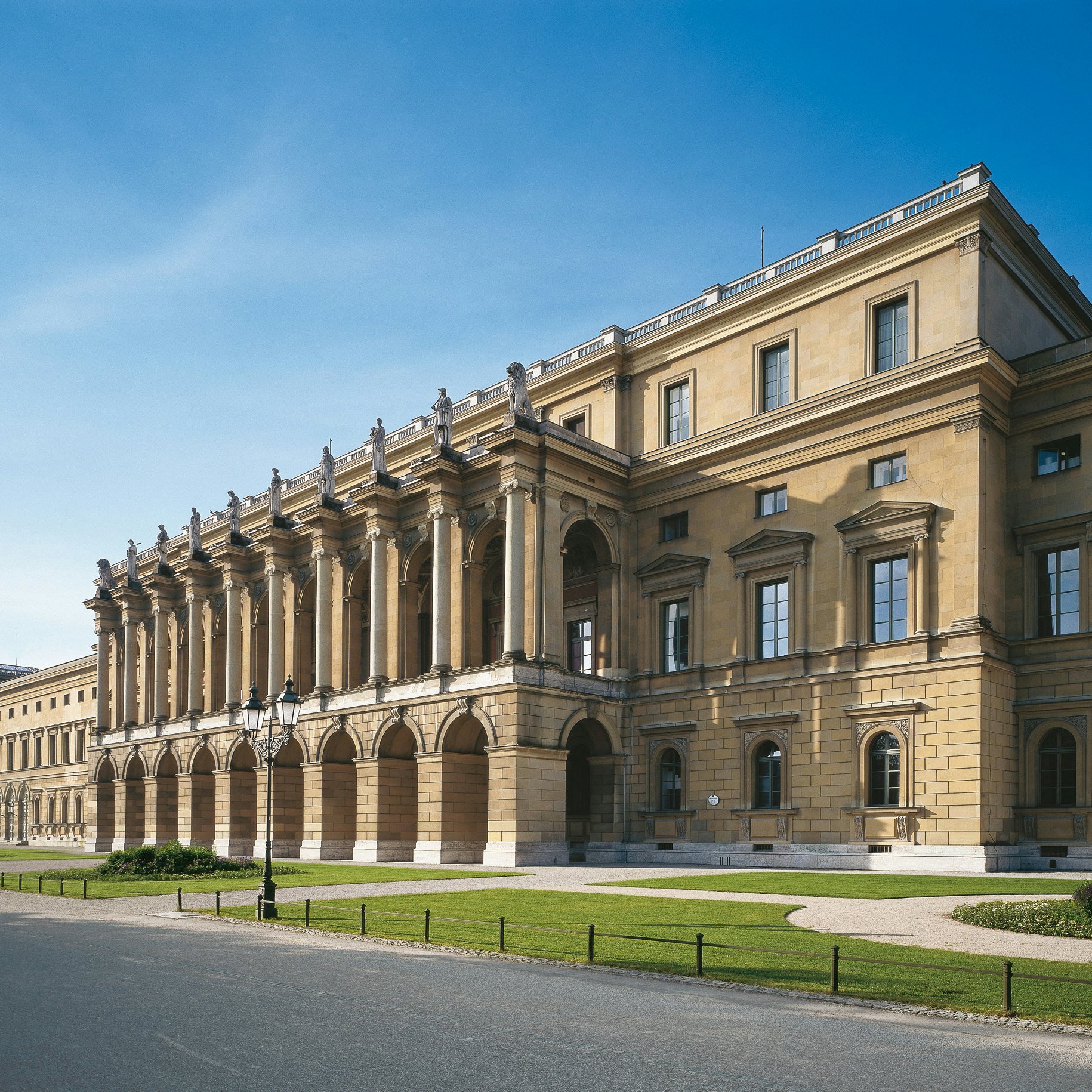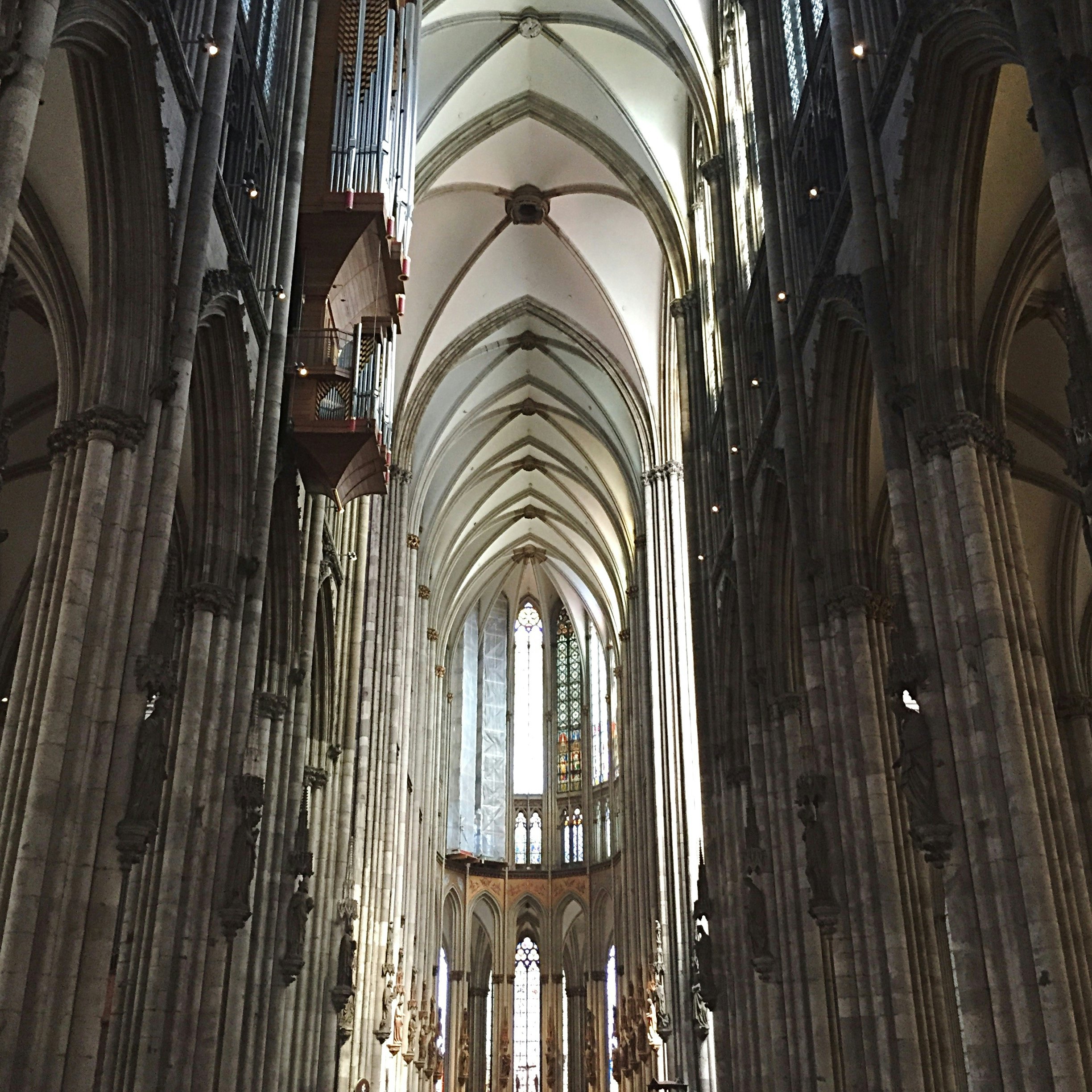

Richi McWallace / Shutterstock
Overview
Prepare for a roller-coaster ride of feasts, treats and temptations experiencing Germany's soul-stirring scenery, spirit-lifting culture, big-city beauties, romantic palaces and half-timbered towns.
Leave the planning to a local expert
Experience the real Germany. Let a local expert handle the planning for you.
Must-see attractions
Planning Tools
Expert guidance to help you plan your trip
Best Things to Do
Saxony has the most distinctive identity of all of Germany's diverse regions. Here are the top things to do in this historic corner of eastern Germany.
Read full article
Best Places to Visit
For fairytale forests, medieval villages and bohemian culture, come to Germany. Here are the top spots to check out.
Read full article
Best Time to Visit
Find the perfect season for your visit to Germany with this guide to what's happening through the year.
Read full article
Things to Know
From paying with cash to not crossing against a red light, here are the things you need to know before going to Germany.
Read full article
Transportation
Germany's public transportation network is one of the best in the world (and kids under 15 travel on trains for free). Read on for how to explore Germany.
Read full article
Visa Requirements
Do you know if you need a visa to visit Germany? We can help you work it out.
Read full article
Money and Costs
From Deutsche Bahn rail passes to camping in the summer months, there are plenty of ways to save money in Germany.
Read full article
Traveling with Kids
With lots of family-friendly activities and a well-developed infrastructure, Germany is an ideal destination for families traveling with kids of all ages.
Read full article
Best Road Trips
Visit historic towns, castles and palaces, plus epic mountains and remote beaches on these top touring routes through Germany.
Read full article
Get a book. Get inspired. Get exploring.
in partnership with getyourguide
























